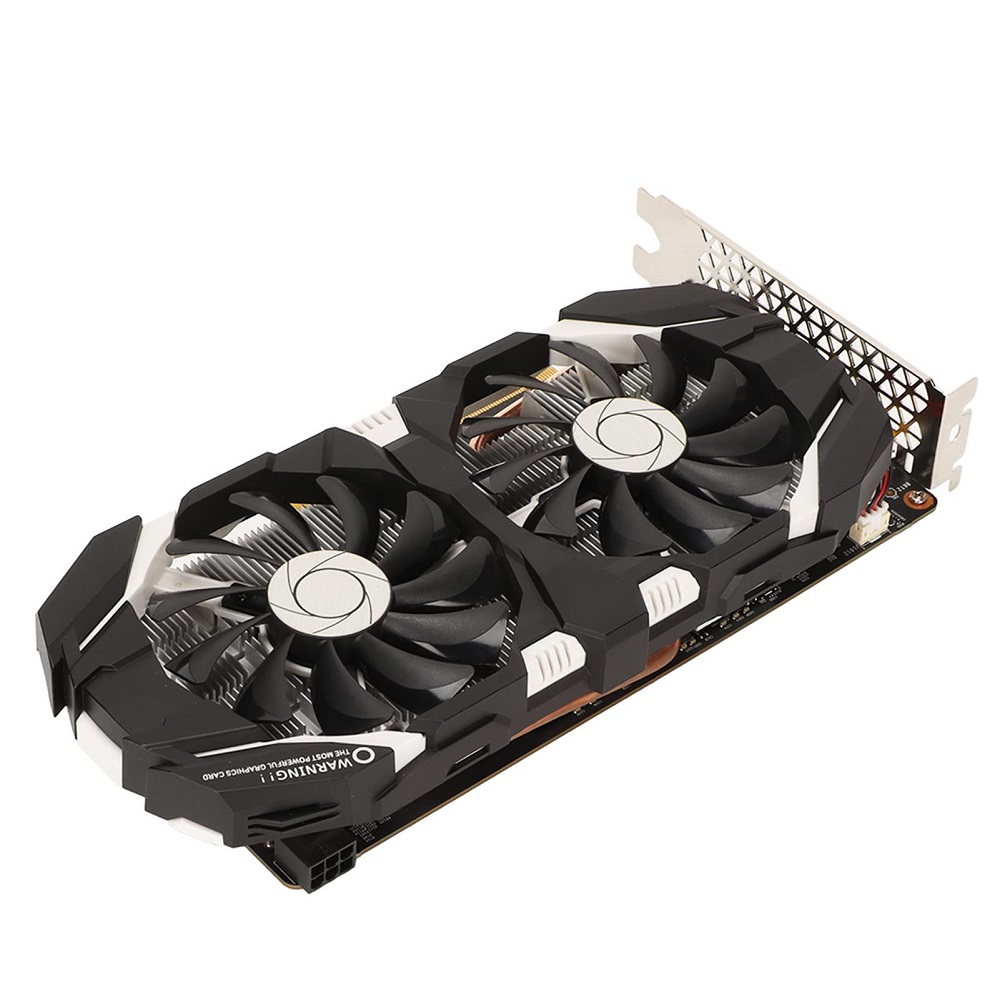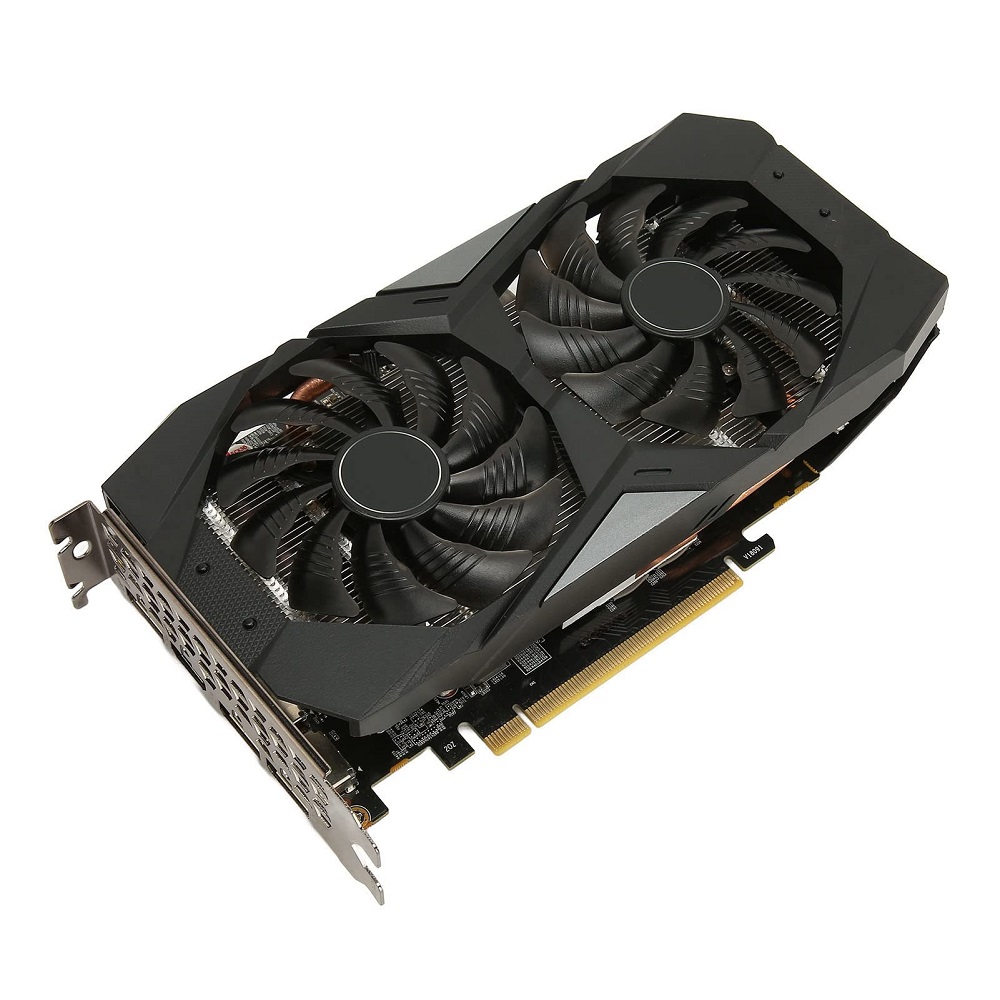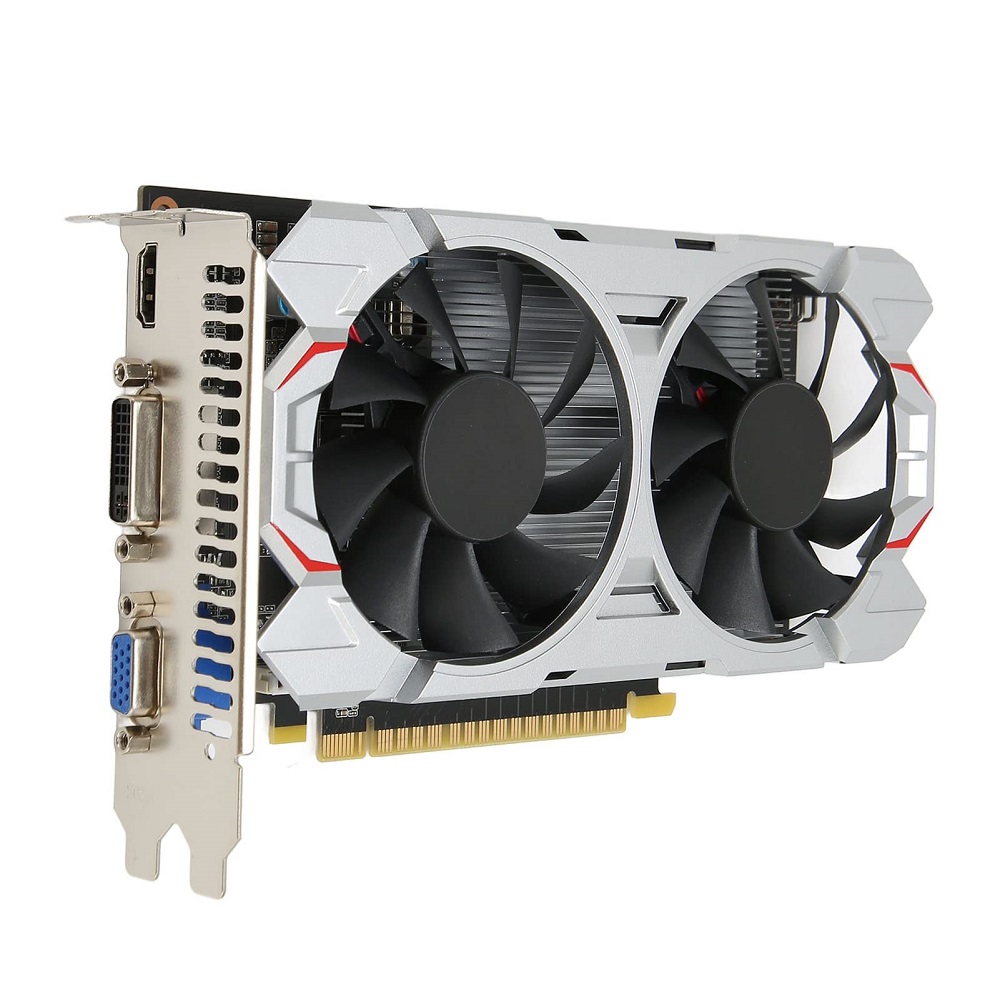Selecting the right 4K PC graphics card for peak performance is a critical decision for any computer enthusiast. The market offers a wide range of graphics cards, but when it comes to running games and applications at 4K resolution, you need a powerful card that can handle the demand. This article guides you through important factors to consider when comparing 4K PC graphics card to ensure you find the one that meets your performance needs.
Understanding Graphics Card Specifications
Importance of GPU Cores
The heart of a graphics card is the GPU (Graphics Processing Unit). When comparing graphics cards, check the number of GPU cores each card has. More cores generally indicate a faster, more powerful card capable of handling the intense workload of 4K graphics.
Bandwidth and Memory Considerations
Bandwidth and memory are also crucial for 4K performance. Look for cards with high memory bandwidth and at least 8GB of VRAM. High-bandwidth GDDR6 memory is now common and recommended for 4K gaming. A card with ample memory and bandwidth will better handle the large amounts of data in 4K content.

Evaluating Performance Benchmarks
Analyzing Gaming Benchmarks
Performance benchmarks give a real-world look at how graphics cards handle specific games at 4K resolution. Look at comparative benchmarks from reputable sources that highlight frame rates in various games. A card that can sustain high frame rates on 4K is indicative of strong performance.
Stress-Testing for Stability
In addition to gaming benchmarks, stress tests simulate extreme usage and provide information on a card’s stability and thermal performance. Good thermal performance and stable operations under load are positive signs of a card’s capability to sustain 4K performance over time.
Assessing Compatibility with Your Setup
Power Supply Requirements
High-performance 4K graphics cards can require substantial power, so check the power supply requirements and ensure your system can support the card. Many of the top-performing 4K cards need more power connectors and can draw upwards of 250 watts.
Physical Size and Connectivity
The physical size of the card is another compatibility concern. High-end 4K cards are often larger and might not fit in smaller cases. Additionally, verify the card’s connectivity options (like DisplayPort and HDMI) to ensure they match your monitor setup.
Comparing Aesthetics and Build Quality
Importance of Cooling Systems
High-end 4K graphics cards come with robust cooling systems to manage the heat generated during intense computing tasks. Compare the various cooling solutions, such as the number of fans or use of liquid cooling, which will contribute to the card’s overall performance and longevity.
Design and Lighting Features
Apart from cooling, aesthetics like RGB lighting and card design might be important for your setup, especially if you have a windowed case. While not impacting performance directly, the build quality and design can enhance the overall look and feel of your PC.

Price vs. Performance Ratio
Setting a Budget
Comparing 4K graphics cards involves balancing the price with the performance you get. Set a budget early in the comparison process. High-end cards that offer the best 4K performance come with a higher price, but not everyone needs or can afford the top-tier options.
Considering Future-Proofing
When calculating price versus performance, think about future-proofing. Spending slightly more on a card today might mean that it will continue to deliver acceptable 4K performance for a longer period, potentially saving you money in the long run.
Software, Drivers, and Ecosystem
Importance of Driver Support
Software and drivers are a critical aspect of graphics card performance. Look at the driver support provided by the manufacturer. Regular driver updates can improve card performance, add new features, and fix any existing bugs.
Ecosystem and Additional Software
Also consider the entire ecosystem around the card, including included software for customization and optimization, as well as compatibility with other software tools. A manufacturer’s software suite can add substantial value and give better control over your card’s performance and functionality.
Conclusion: Making an Informed Choice
Evaluating Total Performance
Making an informed decision about a 4K PC graphics card involves looking at the whole picture. This includes not only the raw specifications and benchmarks but also the compatibility, build quality, price performance ratio, and software ecosystem around each card.
Finalizing Your Selection
By taking the time to thoroughly compare these components, you can find a 4K graphics card that delivers peak performance for your specific use case. Remember, the best card is not always the most expensive one – it is the one that matches your system requirements, budget, and performance expectations.

Analyzing Real-Time Ray Tracing and DLSS Capabilities
The Impact of Ray Tracing on 4K Gaming
Ray tracing technology is revolutionizing 4K gaming visuals by simulating real-world lighting. However, it’s also demanding on processing power. When comparing cards, consider the ray tracing performance and decide if this feature is vital for your gaming preferences and worth the potential extra cost.
Benefits of DLSS and AI-Enhanced Features
NVIDIA’s Deep Learning Super Sampling (DLSS) and similar AI-enhanced upscaling technologies enable better performance at higher resolutions by using artificial intelligence. Assess whether the graphics card supports these features, as they can significantly improve frame rates in 4K without sacrificing image quality.
Projected Longevity and Tech Support
Considering the Card’s Lifespan
In addition to immediate performance, consider the projected longevity of the graphics card. A card with cutting-edge technology that might be overkill today could still be running strong when tomorrow’s titles arrive, providing a better return on investment over time.
Evaluating Manufacturer Tech Support
Manufacturer support is crucial for troubleshooting and resolving issues that may arise. Compare the levels of tech support, warranty periods, and service responsiveness among different card makers as part of your selection process since this can greatly affect your experience and satisfaction down the line.
Examining Overclocking Potential
Headroom for Enhanced Performance
For those looking to extract every bit of performance, overclocking is an appealing option. Compare the overclocking potential of each graphics card, taking into consideration the manufacturer’s warranty and how pushing the card to its limits might affect its lifespan and stability.
Tools and Utilities for Overclocking
Some manufacturers provide proprietary software tools to simplify overclocking. These can offer a user-friendly interface and advanced control for pushing your card’s performance beyond its factory settings, potentially making a significant difference in 4K gameplay.
Weighing Ecological Concerns and Power Efficiency
Energy Consumption Considerations
High-performance 4K graphics cards can be power-hungry. Evaluate the energy consumption under load, as this can have implications for your electricity bill and your system’s power supply requirements, as well as the overall ecological footprint.
Seeking Power-Efficient Designs
Some cards are engineered to balance performance with power efficiency better than others. Consider the efficiency rating of each card, as a more power-efficient design benefits both your long-term costs and the environment.
Exploring Compatibility with VR and Emerging Technologies
VR Readiness for Immersive Experiences
If virtual reality is part of your 4K ambitions, ensure the graphics card is VR-ready. A card with sufficient performance to handle VR applications at 4K will provide a more immersive and enjoyable experience.
Support for Future Technologies
Investigating a card’s ability to support future tech advancements such as 8K, higher refresh rate monitors, or next-gen gaming technologies can be crucial. Opting for a card with a strong future-proof profile ensures it will keep pace with emerging trends and technologies.
To sum up, comparing 4K PC graphics card involves looking into GPU cores, memory bandwidth and VRAM, benchmark performance, system compatibility, aesthetics, price, software, and the additional features of an ecosystem. It’s crucial to balance these factors according to your personal needs, budget, and future-proofing considerations. With careful evaluation and a comprehensive understanding of these elements, you can find a graphics card that will ensure you get the most out of your 4K experience. Whether for gaming, creative production, or general high-resolution applications, the right 4K graphics card will provide a seamless and immersive experience.
